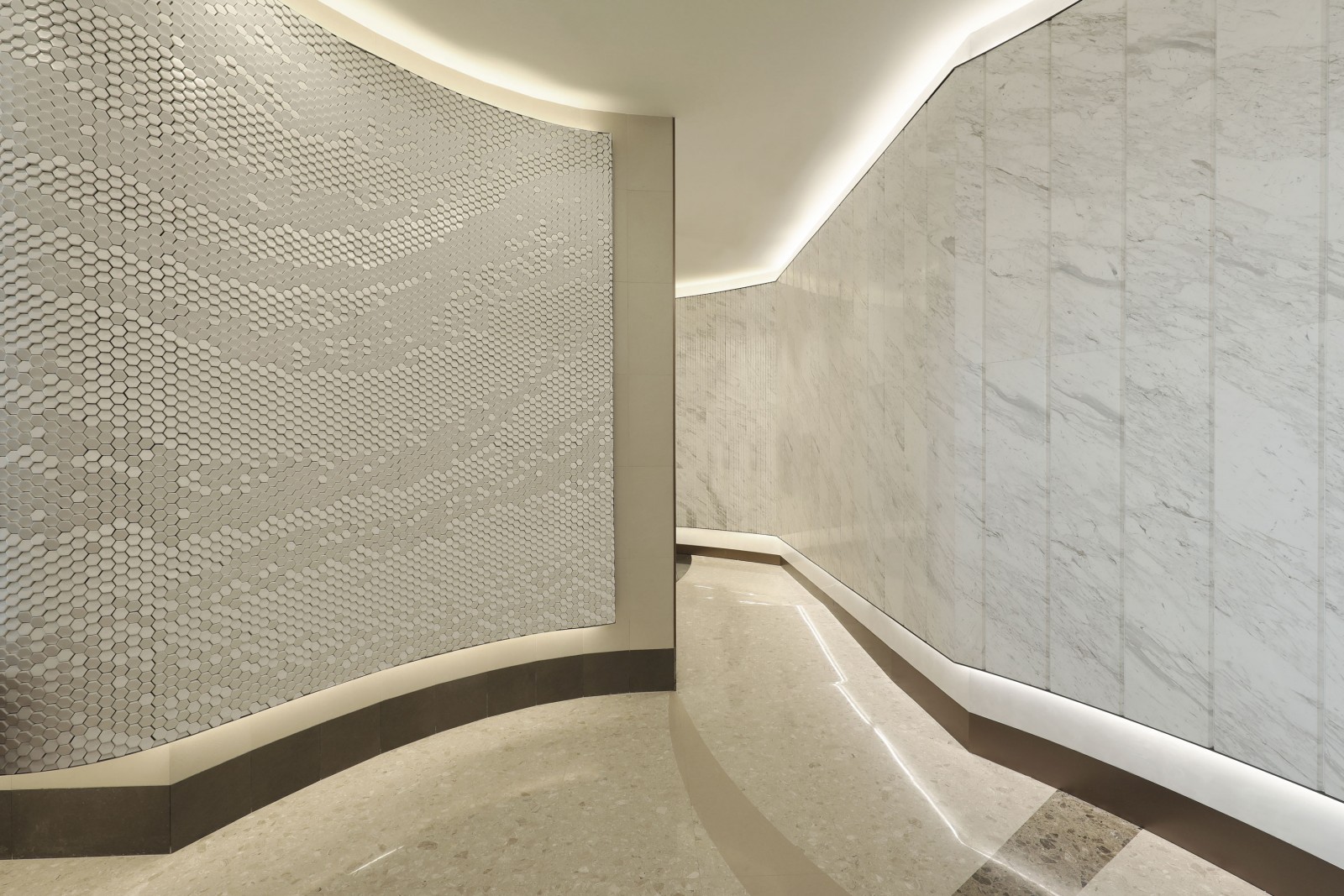CURVES
21-08-2024CURVES
The preference for curved forms over rectilinear forms in the built environment has been theorised to stem from their prevalence in nature, contributing to a perception of inherent naturalness (Coburn, 2019; Kellert, 2005; Salingaros, 2015). Recent studies in cognitive neuroscience further support this notion by revealing an innate human preference for visual curvature, both in internal spaces (Vartanian et al., 2013) and the furniture within those spaces (Dazkir & Read, 2012; Lee, 2018; Thömmes & Hübner, 2018).
Angular shapes, even when briefly observed, have been shown to elicit a fear response in the amygdala, a brain region associated with emotions (LeDoux, 2003). In her book “Joyful: The surprising power of ordinary things to create extraordinary happiness,” Ingrid Lee, former design director at IDEO New York, states that, round shapes, such as circular or elliptical furniture, promote a lively atmosphere conducive to conversation and impromptu games (Lee, 2018, p. 142).
The significance of geometric contour, specifically curvature, has garnered attention in aesthetics and architectural research. Preferences for curvilinear objects over rectilinear ones are consistently observed in various contexts (Bar & Neta, 2006; Dazkir & Read, 2012; Leder & Carbon, 2005). Additionally, rectilinear shapes and patterns are more prone to eliciting unfavourable emotions when contrasted with their curvilinear counterparts (Hevner, 1935; Lundholm, 1921; Poffenberger & Barrows, 1924).
